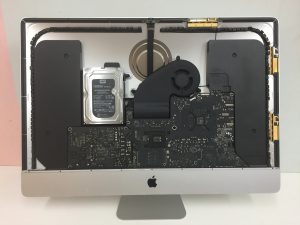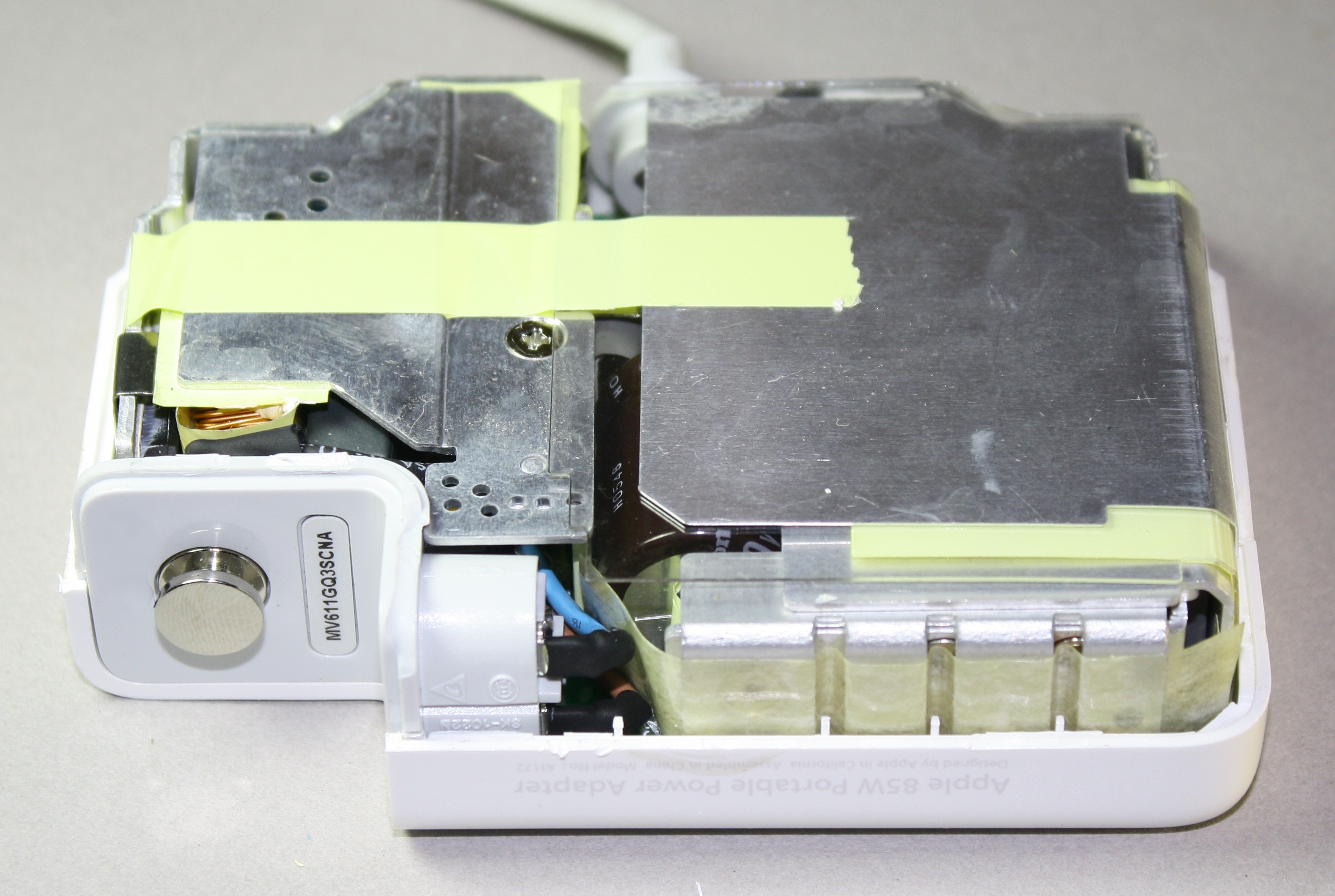
I picked up a better PSU, with a rating closer to that of the original, and wanted to know if there was any interest in having the process documented. Select your language, then click Test to begin.I've just picked up a mirror-door G4 for cheap, sold as a "won't power on" unit.Īfter a quick test, and it does power up with a re-wired ATX power supply. You activate it in the same way, and the principle is the same. On Macs released before June 2013, you'll get the Apple Hardware Test instead. If there are no issues, then the fault likely is not with your hardware.
HOW TO REPAIR MAC PRO POWER SUPPLY MAC
It'll also show your Mac support options. Others will generate reference codes which you can look up on the Apple Diagnostics page. Some will suggest quick fixes, then give you the chance to re-run the test. When done, you'll see the results of the test. Pick a language, then Apple Diagnostics will begin running its tests. Keep it pressed until you see a screen asking you to select your language. You can leave your keyboard, mouse, and monitor plugged in if needed. This will check for problems, then either suggest fixes or show your support options.ĭisconnect any unnecessary external devices, such as a printer. If not, you can check for hardware issues by using the Apple Diagnostics tool. Hopefully by now, your Mac is up and running again. Reconnect the battery, then restart the MacBook. Press and hold the power button for five seconds.

Release all the keys, then restart your computer.
HOW TO REPAIR MAC PRO POWER SUPPLY PLUS
Press and hold the left Shift, Option ( Alt), and Control keys, plus the power button (or Touch ID button) for 10 seconds. Intel MacBooks Without Removable Batteries Release all the keys, wait a few seconds, then restart.

While keeping these keys pressed, hold down the power button for another seven seconds. Press and hold the right Shift key, the left Option key ( Alt), and the left Control key for seven seconds. Plug the cord back in and wait another five seconds.Ģ018 MacBook Pro + MacBooks With T2 Security Chip Unplug the power cord and wait 15 seconds. You don't need to reset the SMC at all if you've got a Mac that uses Apple silicon. There are a few ways to do it, depending on what model of Mac you've got. Resetting the SMC is a good catch-all solution to many problems, including if your MacBook won't start or it won't wake up when you open the lid. It handles everything from the keyboard backlight, to battery management, to what happens when you press the power button. The System Management Controller (SMC) controls a host of basic Mac functions. If your Mac boots successfully into Safe mode, you can start uninstalling any new apps, disabling startup items, removing hardware, or undoing any other recent changes that may cause the problem. This doesn't load your startup apps, custom fonts, extra hardware features, or anything else beyond the basics. Safe mode runs a bunch diagnostic tests, then boots a stripped-down version of macOS. Keep it held until you reach the login screen, then continue as normal.

On older Macs, press the power button and immediately press and hold the Shift key.

Now select your main drive, press the Shift key, and select Continue in Safe Mode. On an M1 Mac, turn it off, then press and hold the power button until you see the Startup Options load. If your Mac shows signs of life when you power it on-if it won't go past the Apple logo or login screen, for example-then booting into Safe Mode may help you fix it. Were you installing apps, fiddling with fonts, or tweaking the system? When your MacBook won't boot, try to remember what you were doing the last time it was working.


 0 kommentar(er)
0 kommentar(er)
